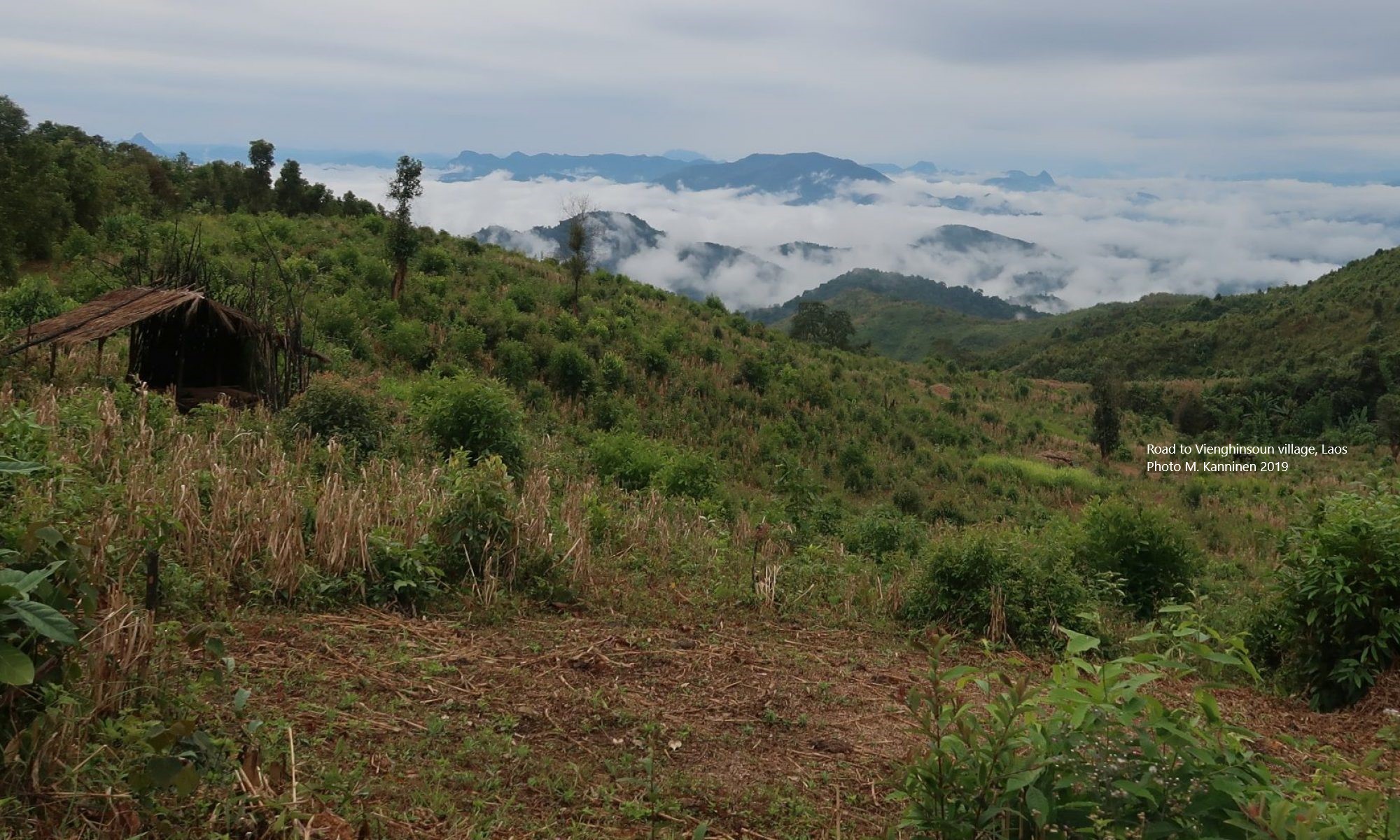Economically viable forest production in smallholder plantations of Central-Vietnam in the context of developing carbon markets (2018-2019)
Background
Since 1990, tree cover in Vietnam has increased from some 9 million hectares to 15 million hectares, out of which more than 1.5 million ha are smallholder tree plantations. Smallholder plantations are mainly small woodlots established with the fast-growing clonal Acacia hybrid (A. mangium x Acacia auriculiformis), especially in the southern and central provinces of Vietnam.
Smallholders grow Acacia hybrid mostly in short rotations to produce pulpwood.
However, there is a growing demand for larger-diameter wood in Vietnamese wood industries, but smallholders have been reluctant to prolong the rotation period of Acacia hybrid from some 4-6 years needed for pulpwood production to 8-10 years for log wood production. This is mainly due to biotic and abiotic risk factors.
Objectives
Food and Forest Development Finland (FFD) has been working some eight years with Vietnamese smallholders supporting them in improving tree growing technical skills and helping them to organize in tree grower associations.
This study, carried out by VITRI for FDD and Cooperative Alliance, aims to assess the potential of increasing yields from log wood production, estimate smallholder Acacia plantations’ potential to contribute to climate change mitigation through carbon sequestration, and calculate additional income for smallholders from carbon payments focusing on Thua Thien-Hue and Quang Ngai provinces.
Activities
The field work included a plantation inventory, smallholder interviews, and a market study, carried out with the support of a research partner Centre for Climate Change Study in Central Vietnam (CCCSC). Based on these data, growth and biomass models were developed in CO2FIX simulation software, which were then used as input for financial optimization models.
Results
The growth and biomass models were developed for a 5-year pulpwood regime without thinning and a log wood regime up to 11 years with one thinning at the age of 5 years. The models show only modest carbon additionality in 8-year and 9-year log wood regimes on medium soils when compared to the 5-year pulpwood regime.
Financial models based on the collected data estimate the profitability of log wood regime with different rotation lengths against the pulpwood regime, with and without carbon payments. Based on capital budgeting indicators, the log wood regime outstrips the pulpwood regime in profitability even without any additional payments for carbon additionality when final felling is conducted at the age of 8 or 9 years. Net present value of the investment at 6% interest rate is significantly higher for the log wood regime than for the pulpwood regime.
Publications
Arvola, A.M., Ha, H.T., Kanninen, M., Malkamäki, A., Simola, N. 2021. Financial Attractiveness of Wood Production in Smallholder Plantations of Central Vietnam in the Context of Developing Carbon Markets. Journal of Tropical Forest Science 33, 137-148 (Full text)
Simola, Noora. 2018. Carbon stocks and sequestration potential of smallholder Acacia hybrid plantations in Hue, Vietnam (MSc Thesis)
Partners
Food and Forest Development Finland (FFD)
Centre for Climate Change Study in Central Vietnam (CCCSC)
Research team in VITRI
Anne Arvola, team leader – policy analysis
Markku Kanninen – growth and carbon modeling
Arttu Malkamäki – economic analyses
Noora Simola – field-based studies
